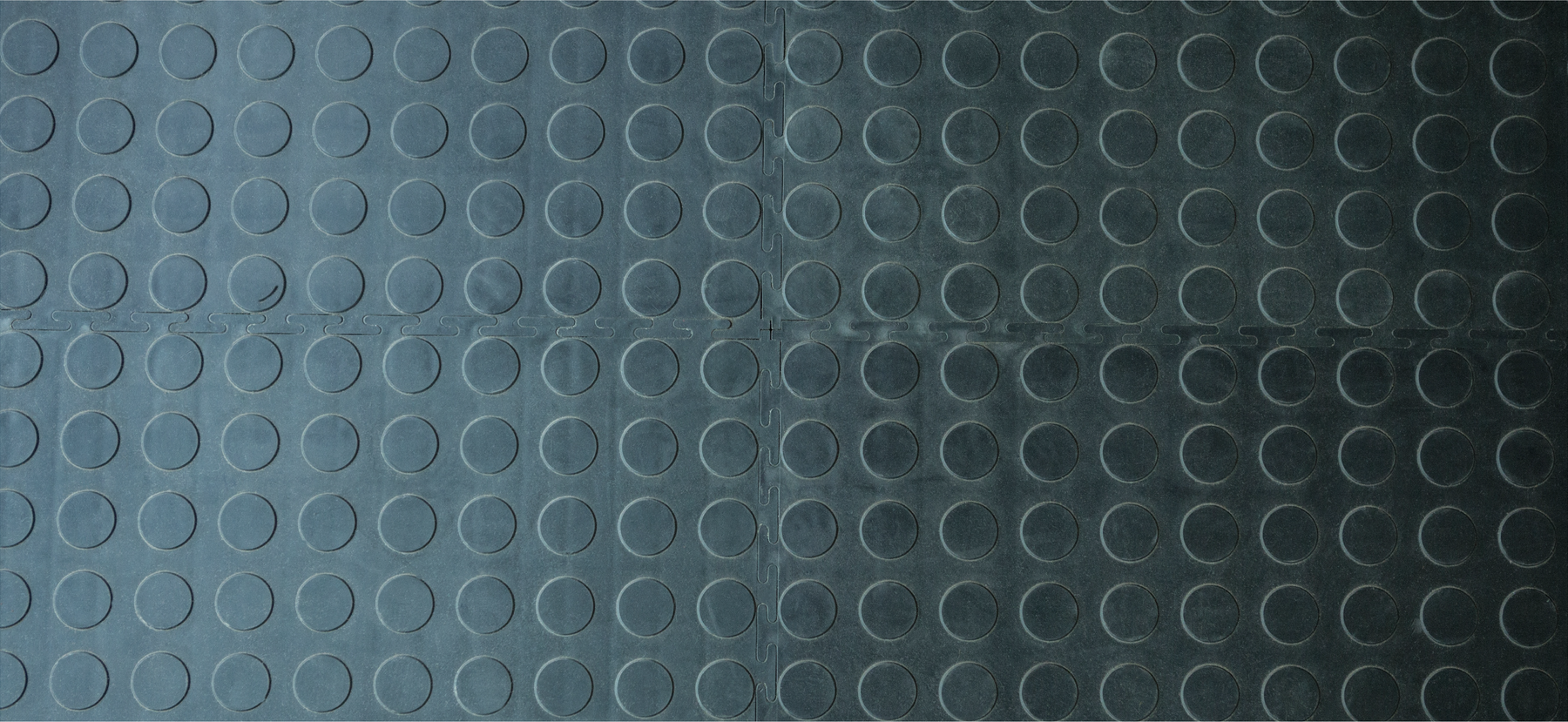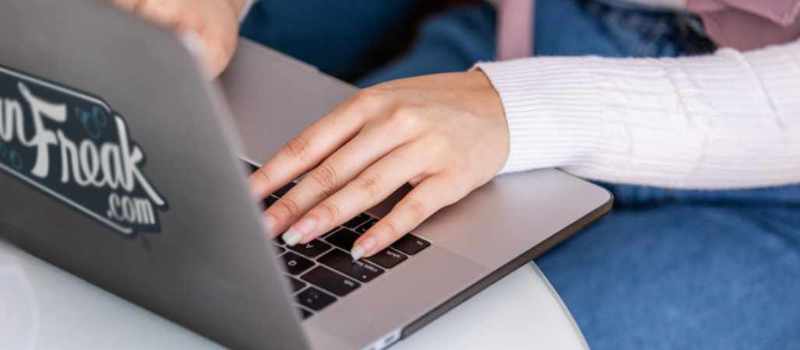
The Why and How To of Rubber Flooring
Rubber floors are gaining popularity and to be honest, they can trip up even professionals who have seen and done it all on other more traditional floors.
So why are we seeing rubber floors so much now? There is more consciousness about making sustainable choices in everything we do than ever before. Rubber flooring is just one of the many types of flooring that fall into that category of “sustainable”. One big reason that rubber floors are being chosen over bamboo, cork, or reclaimed hardwoods is durability. Pricing, non-slip features, comfort and styles available also play a role.
Great, so how do we properly care for these floors?

Photo: Vacuuming rubber floor with hip vacuum.
Like any other surface, vacuum prior to doing any wet scrubbing or cleaning. For rubber floors you won’t want a beater bar on your vacuum if possible – that’s why hip vacuums are perfect (PHOTO 1). Vacuums contain dust and contaminants much better than sweeping and dust mopping so you’ll be reducing airborne allergens. They ‘ll pick up around studding or texture on rubber floors too. Doing daily vacuuming will be the key piece of maintaining rubber floors in most facilities.
Once the floor requires wet cleaning, you have a few choices. The preferred method is with dual surface extractors. The soils will get blasted away with pressurized water and the water and soils get picked up immediately with a squeegee wand, leaving the floor clean and dry. Many of these type of machines sell the wands separately, so you’ll want to be sure you get a hard floor wand that’s safe for use on rubber flooring.
You may also use auto scrubbers provided they have soft, nylon brushes. More aggressive brushes can be damaging, so make sure you know what’s on your machine before you start scrubbing. The tough part when choosing auto scrubbers is that there are different weights, brush pressures & bristle stiffness out there, and rubber floors vary enough that you may have some trial and error to find the best set-up.
Cleaning solutions used will vary.
In most cases, a neutral cleaner will do, but in healthcare or poolside situations you may need to use a sanitizing or disinfecting solution. When using anything other than neutral cleaners, be sure to read the label to ensure that they are safe for use on rubber floors.
As always, to be 100% sure of what is best for your floor, the manufacturer of your floor can provide you the best suggestions on what is safe for your flooring specifically.
Want more detailed steps on how to clean rubber floors? Click here and you can also find expert tips for carpet and vinyl, too.


 Protect & Save with SuperFreak.
Protect & Save with SuperFreak.